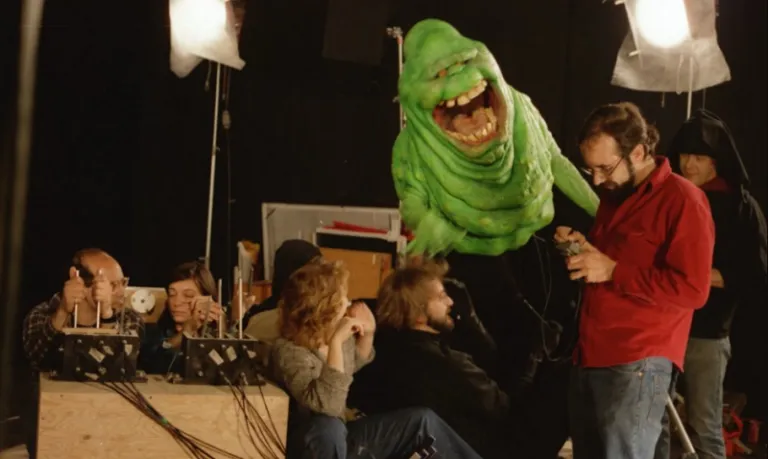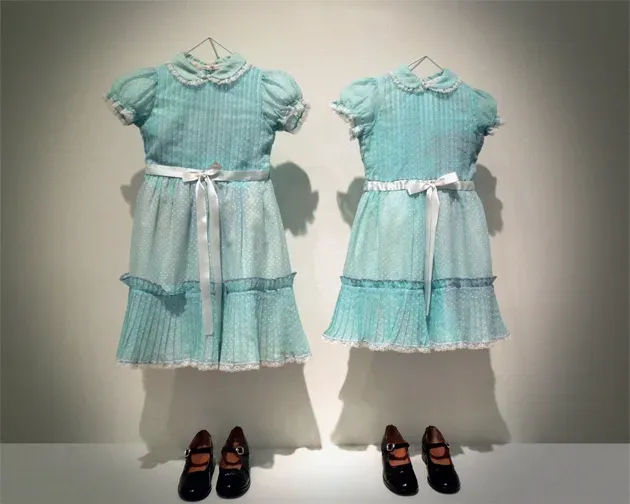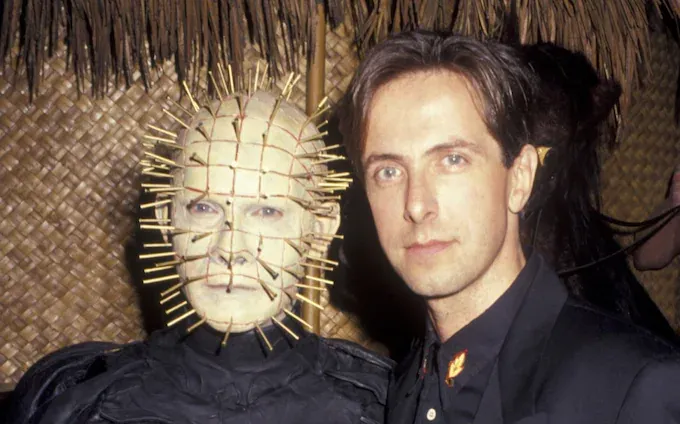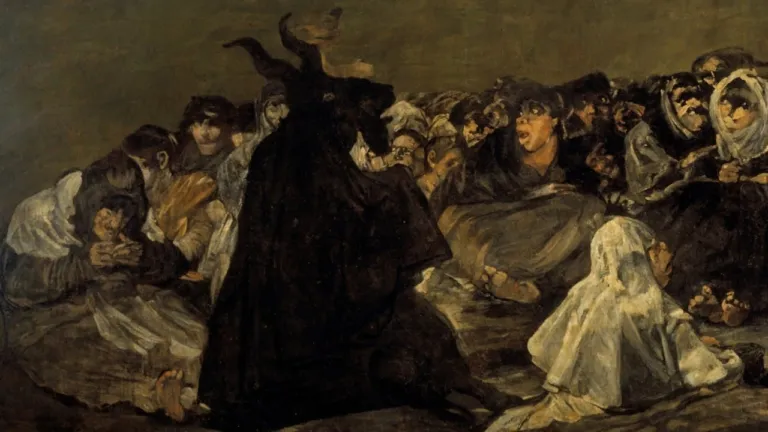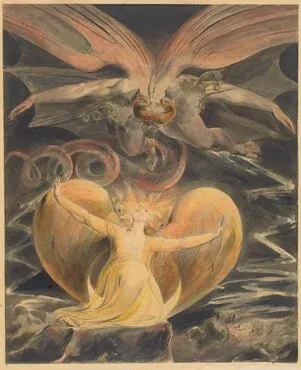Gustave Doré: The Master of Illustration and the Fantastic
Introduction
Gustave Doré: The Master of Illustration and the Fantastic (1832-1883) is one of the most celebrated and influential illustrators of the 19th century. Known for his extraordinary engravings, Doré brought to life fantastical worlds and epic tales through his art. His illustrations for literary works such as Dante’s *Divine Comedy*, Cervantes’ *Don Quixote*, and *The Bible* have become iconic, visually defining these texts for generations of readers. His ability to capture the dramatic and imaginative essence of stories made him a pioneer in the art of illustration.
The Life of Gustave Doré
Born in Strasbourg on January 6, 1832, Paul Gustave Doré showed extraordinary drawing talent from a young age. At the age of 15, he moved to Paris, where he began his artistic career as a caricaturist for the satirical newspaper *Le Journal pour rire*. However, it was in the field of illustration where Doré found his true calling, dedicating himself to creating images that accompanied literary texts.
Doré received no formal artistic training, which makes his technical skill all the more impressive. His career quickly took off, and by the age of 23, he had already illustrated works by great authors like Rabelais and Balzac. In 1853, he was commissioned to illustrate Dante’s Divine Comedy, a project that would cement his international fame.
 Themes and Style
Themes and Style
Doré’s work is characterized by exceptional attention to detail, a dramatic use of light and shadow, and a unique ability to capture emotion and movement. His illustrations range from the grotesque to the sublime, from the realistic to the fantastic, and demonstrate a profound understanding of the narrative they accompany.
His works on The Divine Comedy are particularly renowned for their vivid and haunting representations of hell, purgatory, and paradise. Doré’s depictions of damned figures, angels, and demons are powerful and evocative, capturing the essence of Dante’s spiritual journey.
In Don Quixote, Doré was able to infuse humor and pathos into his illustrations, reflecting the complexity of Cervantes’ characters. His images for The Bible showcase a wide range of emotions and situations, from the sublime to the epic, giving new visual life to biblical tales.
Technique and Influences
Doré was a master of wood and steel engraving techniques, which he used to create extraordinarily detailed and complex images. His engravings were often characterized by a strong contrast between light and dark, giving his works dramatic intensity.
His influences were varied, including Renaissance artists like Michelangelo and Raphael, and contemporaries like Eugène Delacroix. However, Doré developed a unique style that combined elements of Romanticism and Realism with a fantastic and imaginative sensitivity.
Doré was also a prolific painter and sculptor, though he is primarily remembered for his illustrations. His ability to easily switch between mediums is a testament to his versatility and extraordinary artistic talent.
 Legacy and Influence
Legacy and Influence
The work of Gustave Doré has had a lasting impact not only in the field of illustration but also in cinema, literature, and the visual arts in general. His images have defined the visual aspect of many literary works, influencing how generations of readers imagine these stories.
Filmmakers like Terry Gilliam and Tim Burton have cited Doré as an important visual influence in their work. His illustrations have also inspired numerous artists and illustrators, confirming his status as a pioneer in the art of illustration.
Doré’s works are exhibited in major museums and private collections worldwide. His contribution to the visualization of narrative is invaluable, and his work continues to be studied and admired for its beauty, complexity, and expressive power.
Conclusion
Gustave Doré: The Master of Illustration and the Fantastic remains a fundamental figure in the world of art and illustration, a master capable of transforming the written word into unforgettable images. His ability to evoke fantastical and dramatic worlds through art has left an indelible mark on visual culture. Doré opened new paths in illustration, showing how art can enrich and amplify narrative, making classic tales accessible and alive for future generations.
For more articles on other Horror Painters in our Top 10, don’t miss out… they have explored the depths of human anguish and terror, creating works that continue to challenge and fascinate viewers. Their ability to evoke intense emotions through art has made them central figures in the global artistic landscape.
Subscribe to our YouTube channel

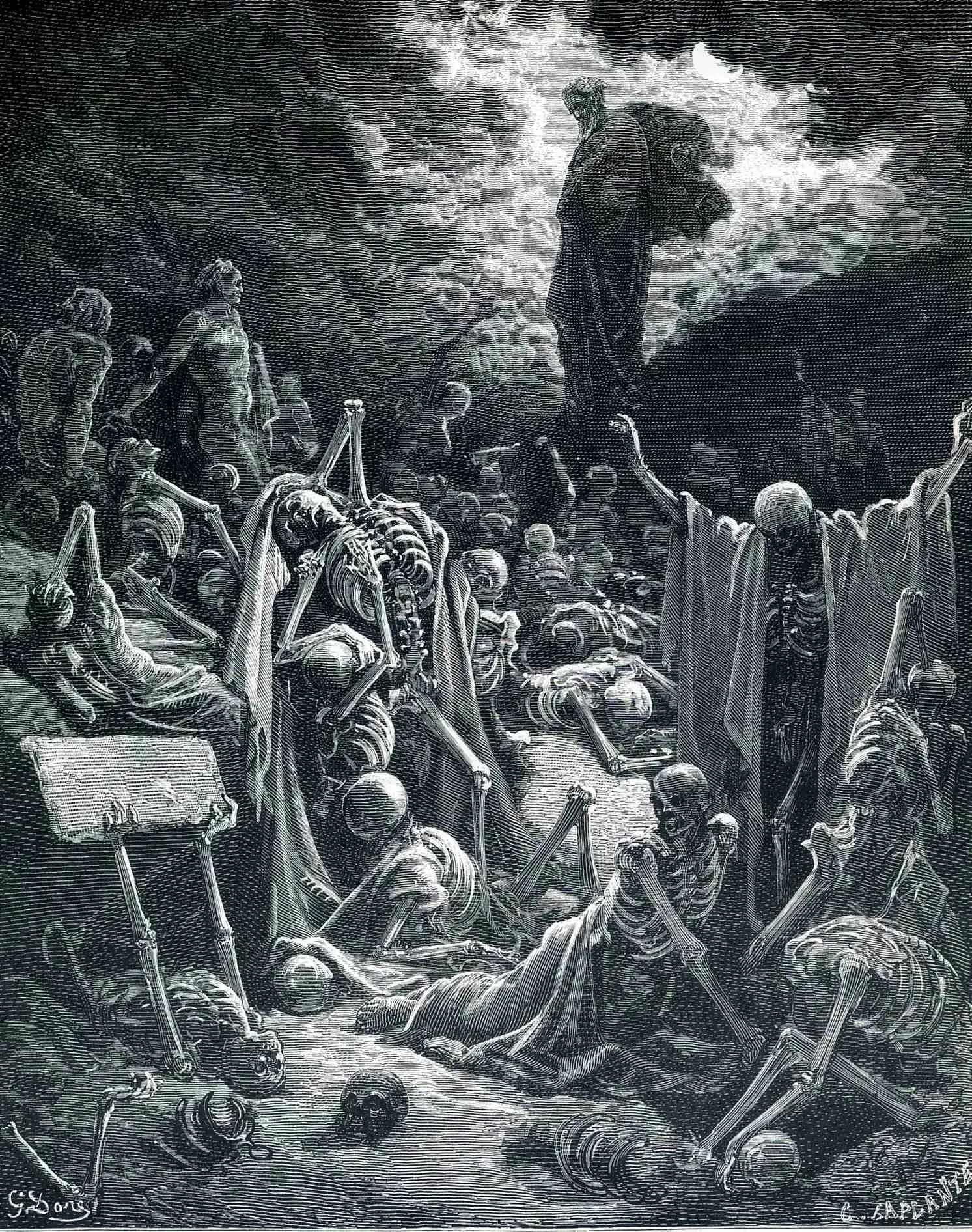
 Themes and Style
Themes and Style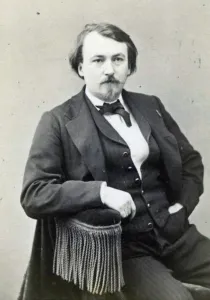 Legacy and Influence
Legacy and Influence